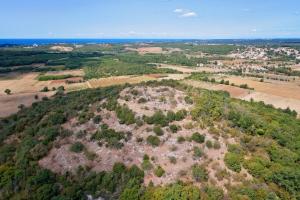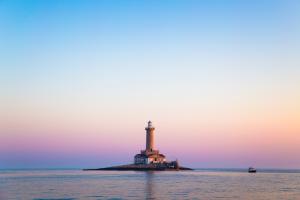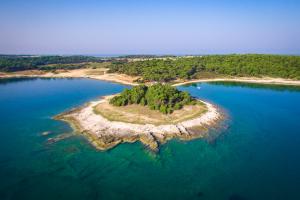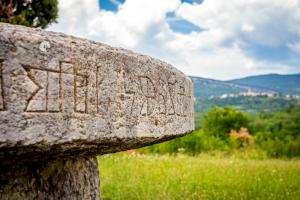Along the romantic railway
On 20 September in 1876, the eagerly awaited Istrian railway was solemnly opened. However, its main purpose was to effectively connect the military port of Pula with its interior of the torn apart Austro-Hungarian Empire. Disappointed Istrians sulkily shook their heads since it was mainly built for the army purposes without any direct economic and commercial contribution to the “ordinary” people. This railway with its route running in the middle of the peninsula not only neglected the most densely inhabited north-western part of the peninsula but scarcely contributed to the local trade growth. Although the coastal towns enjoyed the advantages of economical and frequent maritime excursions, on the other hand, the communication between the cities in hinterland was reduced to minimum. Due to a lack of methods for launching the Istrian products on the market, they unjustifiably remained in shadow for a long time. These products included wine and olive oil from fertile hills around Vižinada, Grožnjan, Motovun, together with fruit, vegetables, cattle and the well-renowned stone from Momjan, Triban, Sveti Stejpan or Višnjan. Being aware of the significance of connecting these places with Trieste and Istrian railway, in 1880 the representatives of municipalities from the Mirna Valley sent a petition to the Minister for Trade in order to thoroughly consider this issue.
Finally, in 1900, the first public tender for construction works on the Trieste-Buje section was published in the official journal of the Austrian Railways. The next year another one was published in the Osserrvatore Triestino for the continuation of construction works on the Buje-Poreč section. A century later, relatively little, but not enough remained of the architectural miracle of the most romantic local railway which was slowly and firmly winding for 33 years through the attractive and hilly landscape of the Istrian hinterland, cultivated by hard-working Istrian farmers with their bare hands. Its rails have almost disappeared; locomotives and cars became museum samples and were sold to other railways a long time ago. Nevertheless, the Parenzana route is together with its only survived heritage, i.e. nine tunnels, six bridges, viaducts and stations, an inevitable spot on the map for everyone who wants to discover and get to know Istria.
















